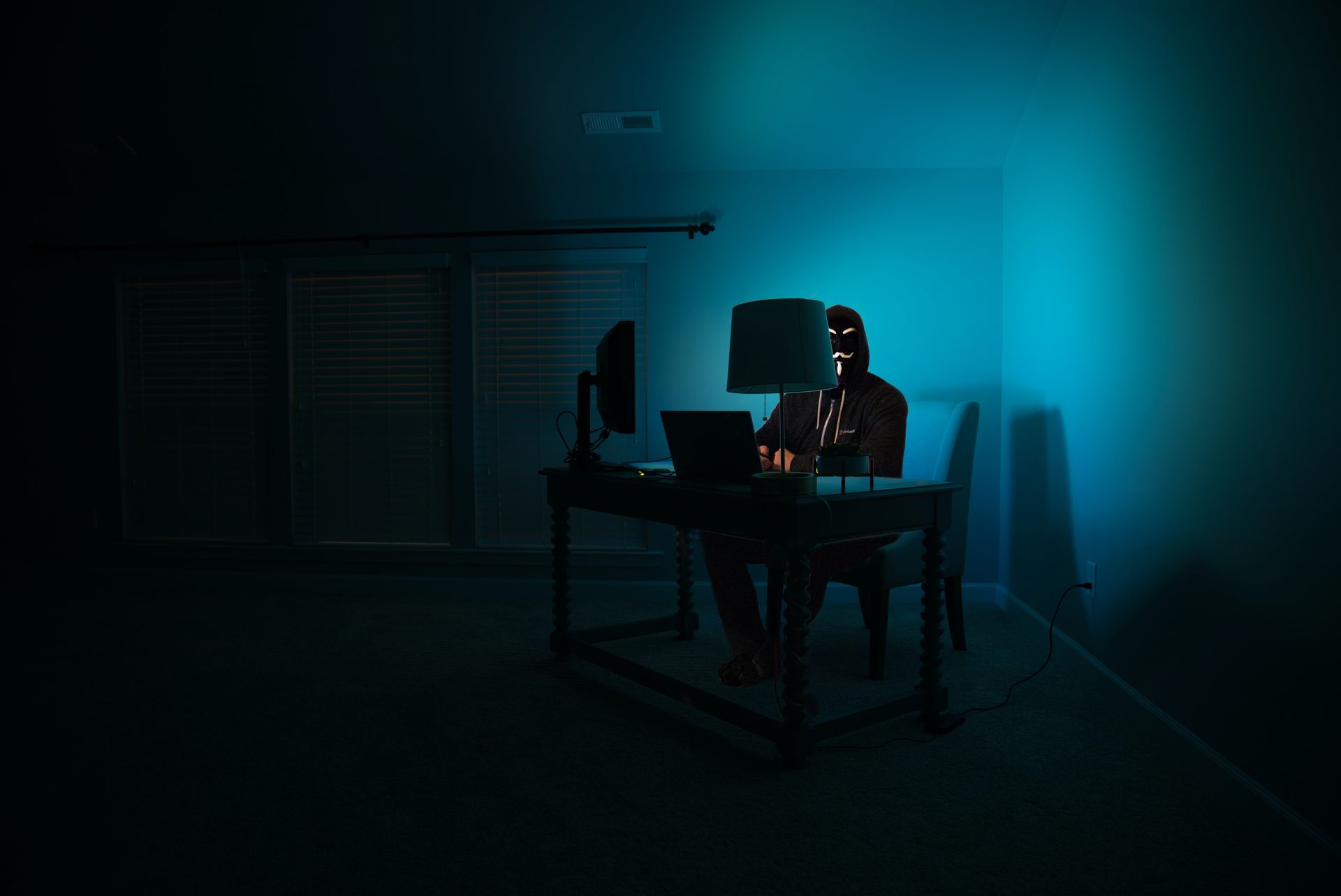If you want to be anonymous online, there’s no need to get too technical. All you need is a VPN and some email encryption software. Once you’ve got those two things running, it’s super easy to stay incognito online as well!
The best part?
Even if someone does figure out who you are, they’re still going to be very limited in their ability to track your activities. And hopefully, after reading this guide you’ll never have a reason to worry about being found out on the internet again!
Use Tails OS
Tails is a live operating system that you can start on almost any computer from a DVD, USB stick, or SD card. It’s designed to protect your privacy and anonymity by allowing you to use the internet anonymously.
Tails have been around since October 2011 when the project became more popular thanks to its ability to provide anonymous web browsing and secure file transfers.
Tails is also known as “the amnesic incognito live system” because it keeps your data safe from breaches and it also does not leave any traces of your activities on the computer after shutdown or restarting it again later on (although this isn’t necessarily true).
Get a VPN
The first step is to get a VPN. A VPN (a virtual private network) is a service that encrypts all of your traffic, making it impossible for anyone to see what you’re doing online. This means that even if someone was able to hack into your computer or find out what websites you’ve visited, they would only see encrypted data and not the actual content of those pages.
You can choose from many different types of VPNs: some will keep connected Wi-Fi safe from prying eyes, and others will allow users in countries with strict internet censorship laws to access their favorite social media platforms without fear of being blocked by governments everywhere else in the world, etc…
Secure your Wifi
There are a few ways to make sure your wifi is secure, even if you’re using public wifi. The first thing you should do is use WPA2 encryption. This means that your password is long and complex, so nobody can easily figure out what it is by just looking at your device or accessing the internet through it.
Another way to protect yourself from hackers is by making sure your router has secure access controls in place (this makes it more difficult for hackers). If possible, set up separate passwords for each device connected through the router for example: “UncleSam” for my home computer, “slippydoo” for my tablet (because I like playing games), etc. so no one can access all devices at once just because they know my first password!
Use the Tor Browser instead of Firefox or Chrome
Tor is a browser that routes your traffic through a series of nodes to make it more difficult to trace. It’s free and open source, available for Windows, Mac, and Linux. The Tor browser also isn’t as fast as Chrome or Firefox (although it can still be used as an efficient alternative).
Understand how to use PGP email encryption
PGP stands for Pretty Good Privacy. It’s a form of public key cryptography that uses two keys to encrypt and decrypt data, so it’s not possible to tell the difference between an encrypted message and the plaintext version.
PGP can be used to encrypt files and emails, but it’s also useful when you need to send sensitive information over the Internet (or any network). For example: if you have data that has been stolen from your company by hackers or other unauthorized parties, using PGP encryption will keep those people from being able to read it without permission from their owners.
Use a throwaway email account
Don’t use an email address from your ISP or workplace. Nothing good can come of having them find you and give up your location, after all!
If you’re using a legitimate service like Gmail or Outlook (or even Yahoo Mail), then these are already anonymous accounts that don’t provide any additional information about yourself unless someone else has access to it (which is unlikely).
Install encryption software
Encryption software is a must-have for anyone who wants to be anonymous online. If you want to keep your identity safe from prying eyes, encryption is the way to go.
PGP (Pretty Good Privacy) encryption software is the most secure and easy to use. Using PGP, you can send emails that will be encrypted so no one can see what’s inside them unless they have your private key and know how to decrypt it with their private key – which only you would have access to! It’s also completely free and open-source encryption software like OpenSSL which means that anyone can use it without any additional costs associated with using it.
If you want this same level of security but are worried about installing software onto your computer then don’t worry! There are plenty of ways around this problem: Mac OS X has built-in support for PGP while Linux users might want to try GnuPG instead depending on their preference towards privacy or anonymity within their operating system environment.”
Conclusion
The world is changing, and we need to change with it. We all know that privacy has become an endangered species in today’s climate, but there are still ways to protect yourself from prying eyes and ears. By following these steps, you can stay anonymous on the internet without giving up any personal information about yourself or your identity.





